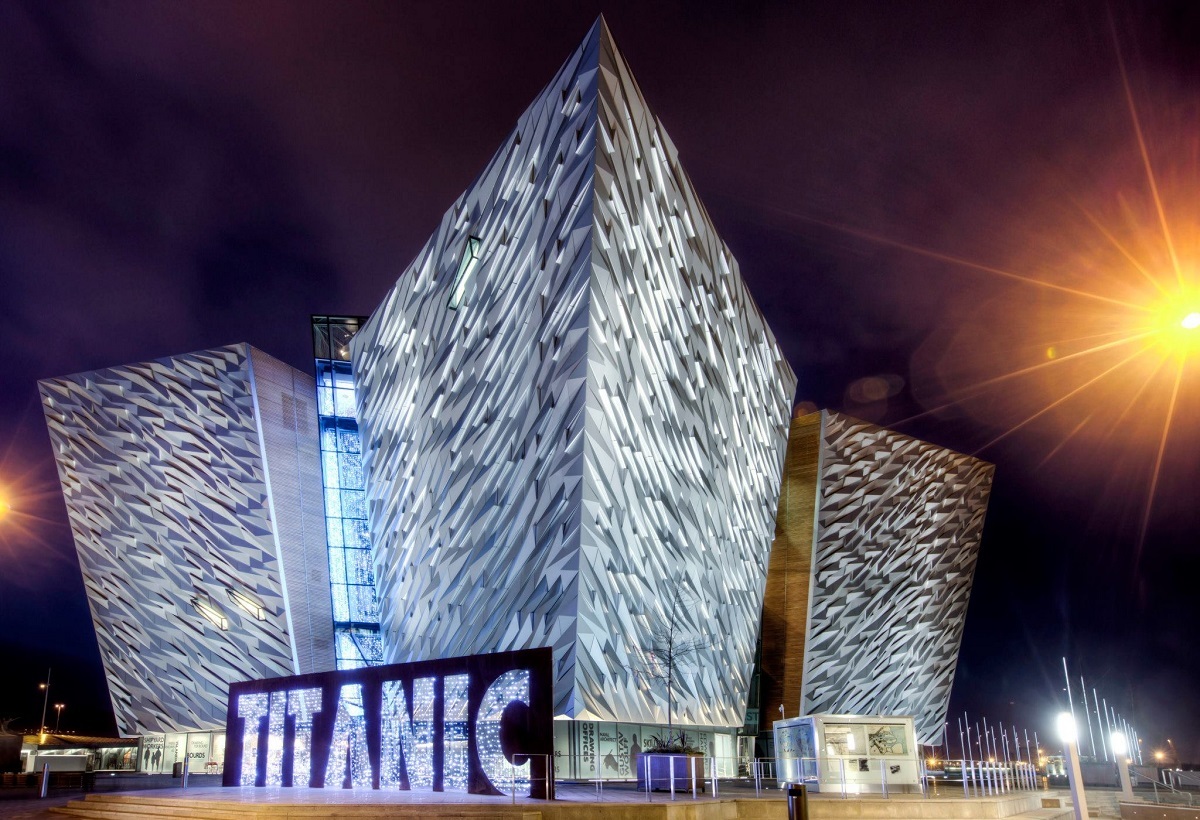
GROWING up in the ’80s and ’90s, Northern Ireland specifically Belfast was rarely out of the news and seemed like a scary place to me.
But the worst of those days are long gone and the capital has worked hard to re-establish itself as a welcoming, metropolitan city while still embracing all aspects of its past.
Yet despite the short and easy journey over the water from Scotland, I had never visited.
My partner and I decided to rectify that recently on the way home from a two-night stay in Dublin.
Rather than fly, we’d decided to go by boat so we could take the car and explore.
And with a night sailing back to Cairnryan from nearby Larne booked, it gave us all day to look around Belfast.
Quite frankly, it didn’t allow for anywhere near enough time.
The sightseers’ tour is the best way to see the city in a limited timeframe.
We took advantage of the sunny day by sitting out on the open-top bus as it carried us by the grand-looking City Hall, Queen’s University, down by the Titanic Quarter where the museum sits and past the Crumlin Road Gaol once known as Europe’s Alcatraz and now a visitor attraction.
The Beacon of Hope sculpture in Thanksgiving Square, designed by our own Andy Scott of the Kelpies fame, was stunning as it sparkled in the late afternoon sunshine.
But it’s the journey to the Shankill and Falls areas that is most intriguing.
There are wall murals to the Queen on one gable end and images paying tribute to hunger striker Bobby Sands on another.
And Union Jack bunting is followed by Irish tricolours.
It’s a fascinating sight but also slightly uncomfortable, treating a conflict that’s caused so much loss as a tourist attraction.
A similar feeling emerges at the peace wall, which has cut across an urban landscape for decades and where gates remain locked at certain times to restrict movement.
It’s one of the most visited places in the city, but what do the residents make of tourists coming along in an endless stream of double decker buses snapping pictures?
That being said, it’s hard to recommend a trip to Belfast without experiencing the area at least once.
 Belfast is now a buzzing metropolis
Belfast is now a buzzing metropolis
Returning to the city centre, we disembarked and drove back to the Titanic Quarter.
Much like Glasgow’s Clydeside, this area down by the water has seen one of the biggest regeneration drives in the city in recent years.
But still the massive yellow shipyard cranes of Harland and Wolff loom large over the area.
Known locally as Samson and Goliath, if these cranes could talk they would have some story to tell about all that has gone on around them since being erected in 1969 and 1974.
But it’s the nearby Titanic museum that’s the real tourist pull here nowadays.
The huge steel and glass structure has been a huge success since it opened in 2012 and it’s easy to see why.
Across a vast 130,000 sq ft area and four bustling floors, this interactive museum is of international standard.
Beginning with the halcyon days of Belfast shipbuilding to a funfair-like ride around the shipyard as the Titanic is constructed, followed by its fit out, maiden voyage and tragic sinking, the attention to detail is phenomenal.
The Ocean Exploration Centre, with its enormous cinema screen showing footage of the Titanic’s discovery in 1985, is an impressive way to end the visit.
A full day could easily be spent in the museum, but with the clock ticking, it was time to go. With so much more still to see and the ease in getting here, we promised ourselves we wouldn’t leave it so long in making a return trip.Facts…We sailed with P&O from Cairnryan to Larne. There are also sailings from Troon to Larne. Stenaline sails from Cairnryan to Larne and Belfast with an additional sailing from Troon to Larne. There are regular flights from Glasgow, Edinburgh and Aberdeen to Belfast.Read more Sunday Post travel – click here

Enjoy the convenience of having The Sunday Post delivered as a digital ePaper straight to your smartphone, tablet or computer.
Subscribe for only £5.49 a month and enjoy all the benefits of the printed paper as a digital replica.
Subscribe